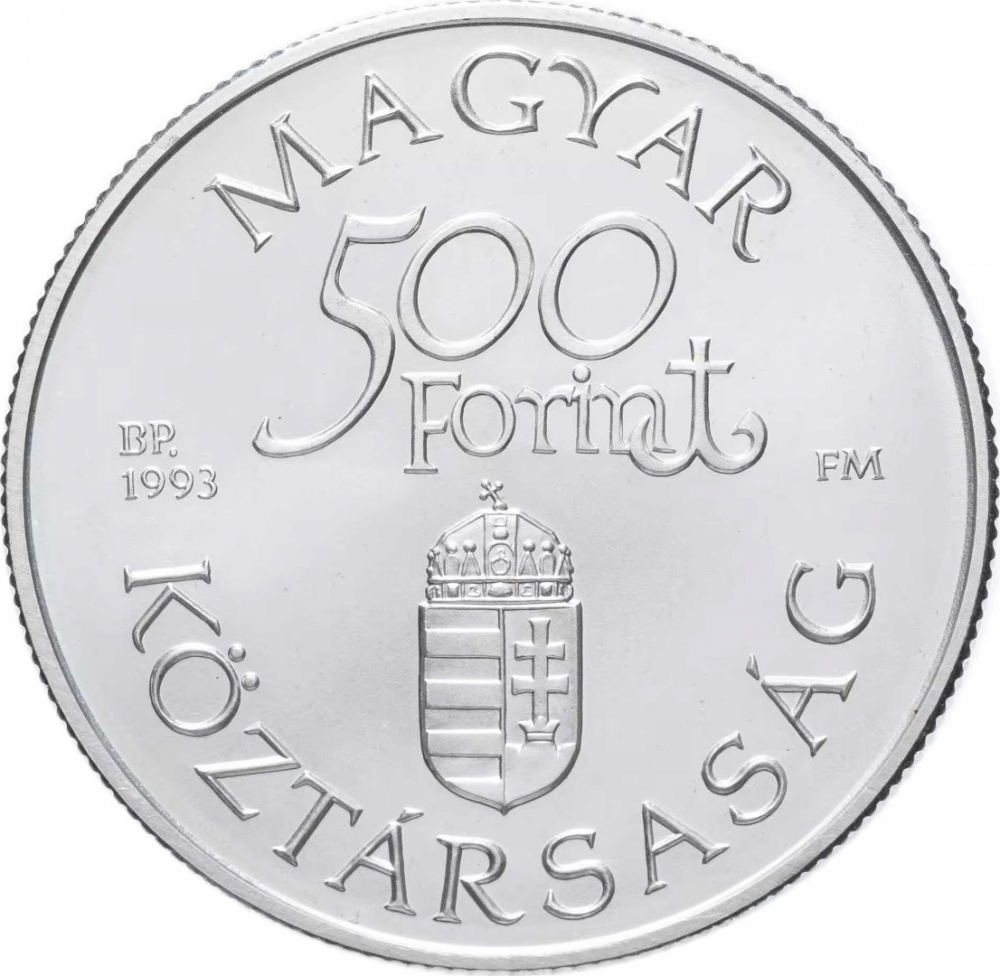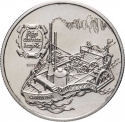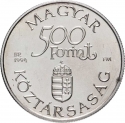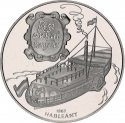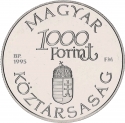You are about to finish your registration. Please check your mailbox (including spam folder). There should be a letter with a confirmation link. Check setting to make sure that your e-mail address is correct.
Send letter againDescription
The Árpád steamboat holds historical significance in Hungarian maritime history. It was one of the first steamboats to operate on the Danube River, which flows through several European countries including Hungary. The steamboat was named after Árpád, the leader of the Hungarian conquest of the Carpathian Basin in the late 9th century, who is considered one of the founding fathers of Hungary. The history of the ship is intertwined with the name of Count István Széchenyi, on whose initiative Hungary's largest shipyard was established in Óbuda in 1835. The first steamship built here was the Árpád, which belonged to the type of paddle-wheel steamers.
Széchenyi purchased the ship's plans during his trip to England, and it represented the pinnacle of technological advancement of its time. The ship completed the Budapest-Bratislava route in just 24 hours, making it one of the fastest Hungarian ships of its era. Hungarians were also proud that the ship, equipped with an English engine, was made from Hungarian building materials. The Árpád steamship was destroyed during the First World War.
At the launch of the Árpád, the Hungarian National Anthem was publicly performed for the first time in the shipyard during the celebration.
Engraver: Mihály Fritz
Obverse

|
Depicts the first Hungarian Danube steamboat named "ÁRPÁD." Below the ship on the left, the year it was launched. On the right, there's a decorative frame with the title of the coin series, "Old Danube Ships," arranged in three lines. Régi |
|---|---|
Reverse

|
Depicts at the center the coat of arms of the Republic of Hungary, below which is the denomination. The last letter of the word "FORINT" is depicted in the shape of an anchor. Aligned with the inscription, on the left side, the mintmark "BP" is positioned, beneath which is the year of issue, and on the same line, on the right side, are the initials "FM" representing the designer's name. MAGYAR |
| Edge |

